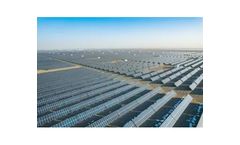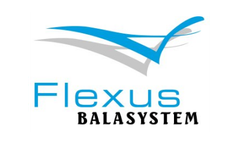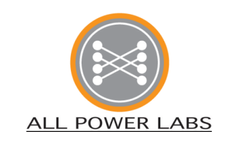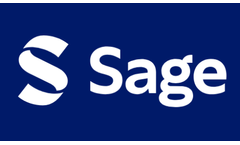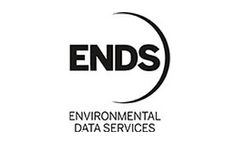Msw Incinerator Articles & Analysis
11 articles found
The Zichuan Solid Recovered Fuel (SRF) Plant Project is a mechanical pre-treatment facility for mixed municipal solid waste before incineration. It processes 1,000 tons of waste daily using two-stage shredding and mechanical separation to sort ferrous metals, non-combustibles (e.g., glass, stones, ash), and combustibles. In this project, JONO has implemented its advanced crushing technology to ...
Processes like incineration and anaerobic digestion not only provide sources of energy, but they also reduce waste volume The term “energy recovery” often is applied only to a narrow number of methods for converting wastes into energy, when in fact it applies to a broad range of technologies used to create heat, electricity, or fuel. Energy recovery gives governments and businesses ...
France: Baling of MSW The incineration plant of Nimes, France has a capacity of 110,000 tonnes/year in one line. The choice of a single line of 14 tonnes/hour instead of two lines (2 x 7 tonnes/hour), significantly reduces the amount of investment, this was made possible by the installation of the Flexus baling system that ensures the ability to receive waste ...
From the leaching test, the solidified products exhibited release of lesser heavy metals about the untreated parent materials.Keywords: pozzolanic solidification, MSWI fly ash, cementitious materials, Rietveld analysis, mineralogical analysis, municipal solid waste, MSW incineration, calcium hydroxide, Ca(OH)2, syngenite, gypsum, ettringite, hydrocalumite, ...
They focus on research and development on the processing of municipal solid waste (MSW) especially its conversion into useful power. MSW incineration as an a energy and waste management solution is growing very rapidly in Chinese at pace with their booming economy. Efforts by the Chinese government to meet GHG standards by reducing their ...
The programme initiated changes in the MSWM sector, yet resultant improvements are still far from satisfactory. Waste incineration, though perceived as a suitable option for MSWM in India, has concerns related to its suitability to Indian conditions. This paper aims to contribute to the necessary academic and political discussion by summarising some relevant facts of the urban ...
Air-pollution-control (APC) residues from waste incinerators are hazardous waste according to European legislation and must be treated prior to landfilling. Batch and column leaching data determine which type of landfill can receive the treated APC-residues. CEN standards are prescribed for the batch and column leaching test; however, these standards do not specify whether or not the residue ...
This article discusses how Sustainable Development and Quality Management meet a common target. Companies that excel in Best Available Technology (BAT) respond to expanding sets of expectation of the client and of the legislator. The paper analyses the link between governance, lobbying, and the emergence of economic and environmental feasibility of current quality management factors. In ...
In municipal solid waste incineration (MSWI), bottom ash, generated at a stoker grate type incinerator, the critical elements were identified in terms of EU regulation. The stabilizing effect of moderate carbonation (pH 8.28 ± 0.03) on critical contaminants was studied through availability and diffusion leaching protocols. Data from the performed tests were evaluated with the goal of reusing MSWI ...
Pointers to possible future EU policy initiatives to give co-incineration facilities burning waste-derived fuels a strategic role in waste management have emerged in a study for the European Commission.1 The report suggests a policy focus on promoting source separation of municipal wastes, active discouragement of mass burn incinerators, and a levelling of the ...
There is some limited co-incineration of RDF from MSW in Europe. RDF from processed MSW is reported to be incinerated in fluidised bed incinerators in the UK for energy generation, in multi-fuel district heating plants and paper mill boilers in Finland and in a few cement kilns in Austria, Belgium, Denmark, Italy ...

